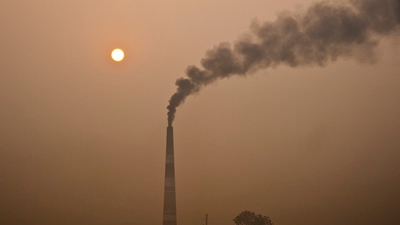Dhaka is the one of the world’s most polluted cities during the winter season, and brick kilns are the main source of fine particulate pollution during this period. Introducing clean technologies can reduce the impact of brick pollution in Dhaka by 45-60%.
Clean Technologies
Bricks are the main building material for Bangladesh’s fast-growing construction industry. However, 90% of the country’s bricks originate from outdated and highly polluting technologies. Cleaner technologies such as Hoffman Hybrid Kilns (HHK) and Vertical Shaft Brick Kilns (VSBK) cause less than 50% emissions and save more than 40% energy compared to existing technologies.
Less pollution, more profit
According to the new report, traditional technologies are relatively profitable for the entrepreneur. However, when the costs of air pollution and CO2 emissions are factored in, they become undesirable for the society. Clean technologies are the most socially profitable, with positive net returns of TK72 per thousand bricks on average, compared to the net social costs of TK3 per thousand bricks provided by traditional technologies.
Carbon funds for clean technologies
Through the Clean Air and Sustainable Environment (CASE) project and a grant from the Energy Sector Management Assistance Program (ESMAP), the Bank is introducing clean technologies such as VSBK, Zig-Zags, HHKs and tunnel kilns. To make them attractive, a carbon finance operation is being prepared. It can provide carbon benefits of $75,000 per year to each HHK. Most new technologies operate on higher land, thus providing year round employment and improving workers’ living conditions.
Learning from China’s experience
With 54% of global brick production, China is the world’s leading brick producer. The country saves 70% energy per thousand bricks compared to existing technologies in Bangladesh. China’s experience suggests that the key to success is transformative development. How can this be achieved in Bangladesh over the next decade? The study suggests that the country should gradually implement the following measures: (i) recognize brick kilns as a formal industry; (ii) revise emissions standards for brick kilns to make them technology independent; (iii) facilitate the availability of subsidized credit lines accounting for reduced health impacts from pollution when adopting cleaner technologies; and (iv) diversify wall material products by producing hollow and perforated bricks.

